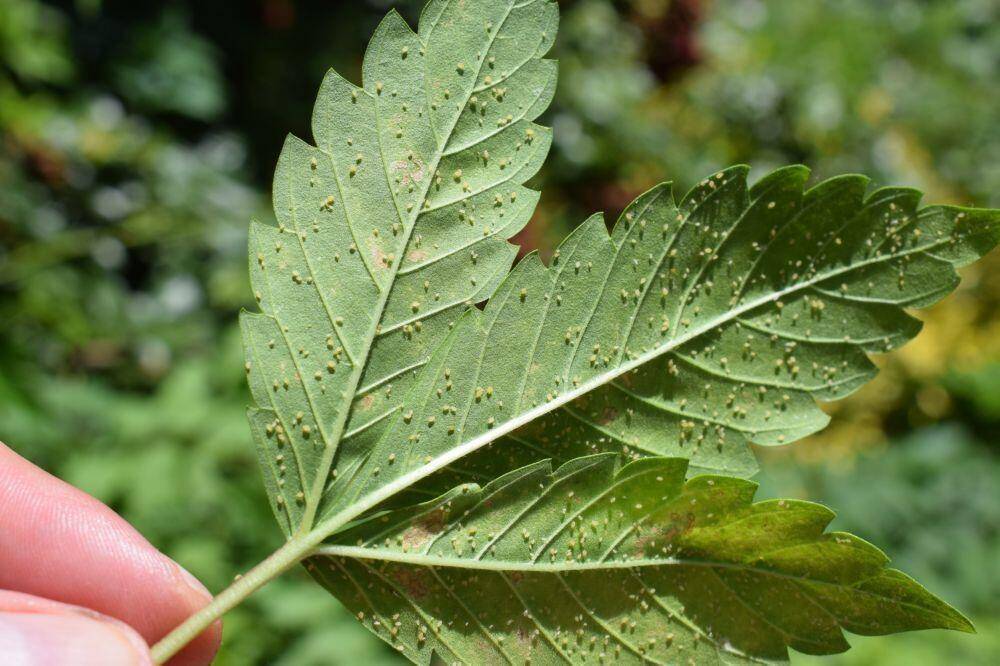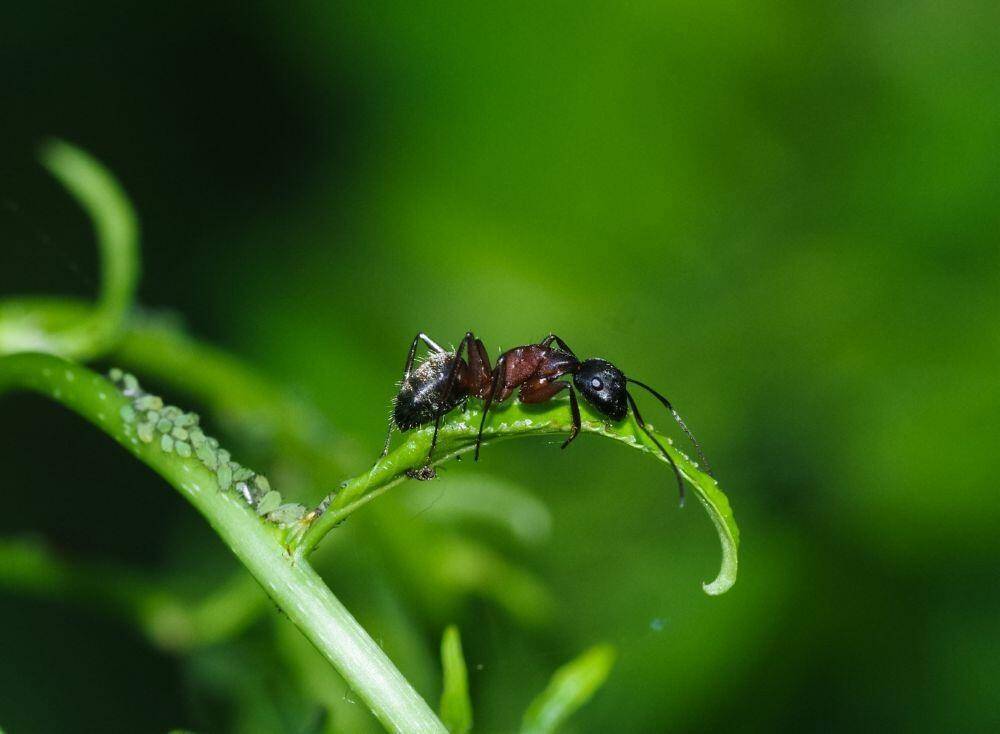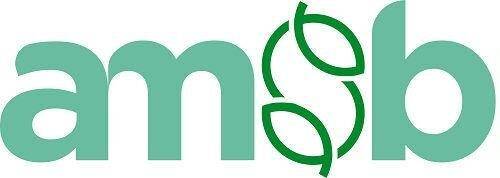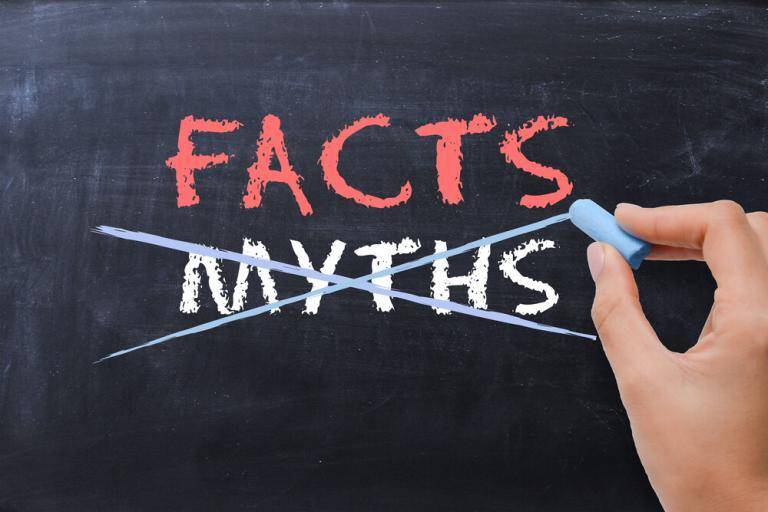Aphids are small insects that suck the sap of green plants. The insects are mostly spread underneath the leaves and damage your plants before you know. The sap-sucking insects come in different colors depending on what stage they are in their growth.
Aphids also called greenflies or black flies, are known to be one of the world’s most destructive pests. The pests multiply very fast by laying eggs, which develop into bugs, nymphs, and eventually fully-grown aphids.
They can make your entire cannabis crop useless by damaging leaves and buds.
Aphids damage the cannabis leaves by piercing, sucking, and feeding on the juice using their mouthparts (proboscis).
Large colonies are built, and you will sometimes find them on the stems of your plants. The leaves eventually turn yellow and get damaged. Sometimes, the plant withers and dries completely.
How can you recognize aphids infestation on your cannabis plants?
There are many ways to identify aphids’ infestation on your crop. Here are a few things to watch out for:
1. Physical appearance
Adult aphids appear in different colors, including yellow, brown, black, red, and green. The color depends on the stage of development and the physical location of your garden. Adult aphids are rounder and bigger than eggs.
You will note tiny, fatty, white oval-shaped bugs beneath the leaves of your plants. These are the nymphs or the young aphids. The nymphs look like white specks.

2. Black sooty mold and honeydew
Aphids produce lard amounts of sugary liquid waste called honeydew. The substance attracts a fungus known as sooty mold, which is black. Black soot turns the branches and leaves into black. The discoloration hinders the normal functioning of the plant, such as transpiration and photosynthesis.
This is dangerous for your plant’s growth. Your plants will no longer produce yields, but also, the sooty substance is hazardous for human consumption. Molds cause severe respiratory complications. When smoked, they are more dangerous. The honeydew will attract other swarms of insects, exposing your crop to damages.
Aphids’ infestation does not just happen. They begin with a small, winged colony invading your garden and laying eggs. A small colony of tens of aphids can reproduce to a colony of thousands of these small bugs. They reproduce very fast and create a giant colony that continues to ravage your crop.
The threats posed by aphids are more than triple. Besides sucking the plants’ sap, they harbor and spread diseases, and their wastes attract other insects that damage your crop. Some of the insects attracted to your plants act as a protection against any harm from predators.
Aphids use this as an adaptation measure to secure their surroundings. Bees attracted by honeydew can be a threat to you as well.
3. Understanding the life cycle of aphids
As a grower, it is vital to comprehend the life cycle of this destructive insect. A complex process makes it difficult to stop once the females have laid the eggs. Aphids are usually asexual, and they lay most of their eggs during winter.
The stem mothers or the wingless females lay fertilized eggs without getting fertilized by males because they are asexual. The process is called parthenogenesis. That is during summer. The eggs hatch into males and females, forming a small colony that mate and reproduce large colonies of aphids. That is the beginning of the infestation.
4. What makes aphids to thrive?
Warm temperatures make aphids multiply in thousands within a few days. That is especially if your plants are in a greenhouse where the weather is controlled. During the hot seasons, aphids will thrive in your outdoor garden.
Female aphids reproduce more in warmer conditions than in cool conditions. The breeding cycle of the insect is short, meaning the multiplication is high.
They become a problem because they feed on the vegetative part of the plant and the stem. They stick there all the way throughout the growth of the plant and cause it to stunt. The pest is serious because if it is not defeated early, the damage cannot be auto-corrected.
Aphids insert their proboscis into your plants’ inner cells and draw the nutritious liquid that helps the plant grow.

Did you know Ants keep Aphids as ‘pets’?
Aphids and ants have a strange relationship.
Because ants can milk aphids for some sweet stuff they release, you often see ants around Aphids.
They not only keep the aphids to milk them, but they also protect them from many of their natural predators, like ladybugs.
This is the reason you often see ants walking over aphids.
The problem is: this also makes is way harder to get rid of aphids. When you see ants walking of your aphids, also make sure to take care of the ants, or else natural predators have no chance of eating the aphids.

How can you prevent aphids from invading your crop?
The good item of news is that aphids are easy to get rid of. Once you suspect or see a little infestation of the insects, try to get rid of them as fast as possible. Any delays can cost you the entire crop. A prudent grower will make sure that there are preventative measures in place to control aphids.
There are a few golden rules of controlling this destructive insect where one is maintaining a clean, growing environment. Weeds attract aphids. Eradicate them as early as possible to make sure the aphids have no harbor to hold on to.
The second rule is to observe your garden regularly. Checking out for any diseases and pests will make you spot any aphids on time before they invade your crop. Try to help your plants as fast as possible by getting rid of the few spotted aphids out of your garden.
The third rule is to break the aphid growth cycle by refreshing the growing area after harvesting. That will destroy the eggs. It is important to note that aphids lay eggs during winter. When winter is over and the temperatures are warm, the eggs develop into nymphs and adult aphids.
Be careful about using excess fertilizers, especially when the temperatures are warm.
Consider using organic compost to provide your crop with sufficient nutrients. Compost has useful warms that feed on insects hence an effective control against aphids.
Lastly, you can prevent aphids’ infestation in your cannabis garden by being extremely careful before entering your garden. Check out your clothing if they have aphids on them from the fields. Most of the time, aphids stick on clothes and shoes. They are then transferred to the garden unknowingly.
Another way to prevent the spread of aphids is by restricting people into your garden. Alternatively, any person who enters your garden must be aware of these precautions. You can also destroy aphids in the nearby fields by spraying organic or chemical substances. That will kill them and prevent your gardens from attacks by these insects.
Find out if your neighbors’ gardens are infested because they pose a threat to your farm. You can agree on the best measures to take as a preventative action against aphids. These are preventive measures.
When aphids invade your farm, you must get rid of them with immediate effect. Keeping them on your farm hoping that they will fly away will result in catastrophic damage to your crop.

How can you eradicate aphids on cannabis plant?
If the aphids are already in your garden, do not give up on your crop. Below are some of the things you can do to get rid of them.
1) Spray your crop with a homemade aphid spray
The homemade spray is one of the many organic sprays to use on your cannabis plant. The homemade concoction offers an excellent option to deal with aphids. It is not only safe for your plants but also the users of your product.
Insecticidal soap mixed with neem oil are some of the best ingredients of homemade spray. When you use this spray, avoid applying it directly to the flowers. The spray damages your plant flowers.
Another homemade spray can be derived from tomato leaves. Chop them and fill them in cups. Add some two cups of water and let the mixture sit overnight. Strain the liquid and use the juice to spray over your crop. That will kill all the aphids.
When spraying your plants, focus more on the stems and leaves. Cover the leaf surface with the juice both on top and beneath. Avoid the flower area prevent your flowers from burning.
2) Use sticky traps
Sticky traps are easy to use on flying aphids. When they fly, they get caught up and stick on the trap. Female aphids will get killed this way, and that will minimize reproduction. It is considerably a safe and economical way to kill aphids.
Sticky traps are made up of eco-friendly materials and will not in any way contaminate your crop. It is also an applausible preventive measure to keep your garden free of aphids. Purchase sticky traps from stores around you and hang them above and below the canopy. These will catch all insects besides aphids.
3) Use chemical pesticides for killing aphid
Chemical pesticides are not the best to use on your cannabis plants, but if the infestation is intense, killing aphids will be an effective method There are specific pesticides for cannabis that can be bought from agricultural shops around you. The chemicals should be used before the flowering period to avoid burning the flowers.
You must wear protective gear such as goggles, boots, an apron, and gloves whenever you use the spray Spray in the early hours of the morning or late in the afternoon when the sun is not intense. It would entirely help if you did not do the spraying on a rainy or windy day. If you are spraying indoor plants, switch off the lights first to prevent light burns.
4) Use aphids predators
Aphids have many natural predators that feed on them. An example is a ladybug. Parasitic wasps and lace wigs too feed on aphids. They are highly effective means of getting rid of the bugs. Release these predators immediately you spot aphids in your garden. They will wipe away the bugs and leave your crop to thrive.
5) Changing the environment
Warm temperatures favor aphids’ growth. This favorable condition makes the females reproduce fast. An aphid can lay up to 100 eggs a week in a suitable environment. If the environment does not suit them, for example, cold temperatures, they will not reproduce or live there.
You can change the environment by turning up your fans and giving your garden a strong breeze. As the breeze blows at your plants, the aphids will lose grip, and the eggs will fall off. That will cut off the multiplication of the insects.
Another way to change the environment is to increase carbon dioxide levels. Animals cannot survive with carbon dioxide. They require oxygen. By minimizing the oxygen supply, the aphids will die in a few hours.
You can also make the room hotter than usual, carefully taking care not to stress your plants. Aphids cannot survive in hot temperatures. A temperature of 30°c will kill the aphids and leave your plants healthy.
6) Using oils to treat your plants
Horticultural and essential oils are excellent for treating aphids. Mix the oils and apply them all over the plant. The aphids will find it difficult to breathe and die. The best oils for treating your plants include rosemary, eucalyptus, lemon, cinnamon, canola, soybean, cottonseed, and neem oil.
All the above are organic oils, so you will not have to worry about them damaging your plants. Before you get any oil for treating your cannabis plants, seek professional help as some oils can affect the buds’ aroma profile.
A handful of aphids will always get in and lay eggs
It is not easy to prevent aphids’ infestation on your cannabis plants, especially the outdoor ones. A handful of aphids will always get in and lay eggs. This small number eventually grows into a big colony over time. As a grower, you must have a hawk-eye to spot any aphids in your garden.
Whichever method you choose to use to get rid of the aphids should be a temporal measure.
Invest more in stringent preventive measures. Strive to apply these measures other than getting rid of the pests. You will avoid hefty losses by doing so.
Getting rid of aphids’ infestations is an expensive affair. You need resources to buy the chemicals and traps. The predators may not be available for release into your garden. Before you embark on growing cannabis research and master the different ways to prevent aphids and other pests and diseases. That way, you will be prepared for any eventualities and maximize your yields.
Frequently Asked Questions
How to get rid of aphids on pot plants
How to keep aphids off plants
How to prevent aphids on weed plants




